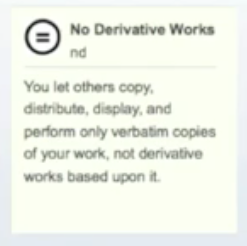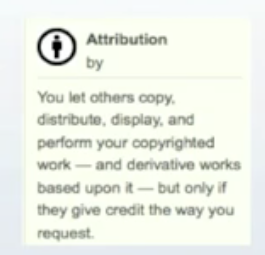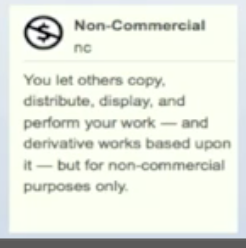Friday, June 29, 2012
Week 1 Reading- Copyright Issues
Part 1-- What is copyright – copyright means if you can create it you have the right to protect it and legally claim it as your own. This was nice explained in the very first video I watched on copyright. What that means to me is simply anything that I create and wish to protect that includes my short stories I need to have copyrighted. As the owner of the work I will have all rights to use and reuse it unless I give permission to others to use my work. I also understand that material that are improvisational that are not filmed or recorded can’t be copyright. From viewing the other videos on copyright I learned that individuals with copyright ownership has that for the lifetime plus 70 years and companies copyright lasts for 100 years which is an extremely long time.
Part 2--What is fair use- fair use is not a right it is a legal defensible position. It involves these three conditions whether something is fair use nature, the amount (which is unassigned percent) and commercial effect. As an educator one must be very careful when dealing with fair use because although the amount is unassigned it is still a very small percent. Teachers are still required to follow the same fair use rules as non-educators when it comes to materials. They have to give credit to the owner of the material and how much is use is just as important as well.
Part 3-- What is Creative Commons Solutions- creative commons is a place to find all kinds of material that is free to use as long as you give credit to the owner of the material. Creative commons solution uses symbols to inform the borrower how they are allowed to use the material and the type of permission they are given for that particular work.




